Wind River Backpacking
This tough and rewarding route will take you 5,489 ft up to Wyoming's Glacial Region
The Wind River region has long been home to Native American groups, including the Winder River (Eastern) Shoshone. High mountain villages of the Eastern Shoshone people have been traced back 12,000 years and over 800 prehistoric and historic sites have been recorded in the Wind River range. The group was the first to begin using horses in the late 17th century and were then able to further establish communities and form coups. Additionally, Sacagawea, the woman who acted as interpreter and guide for the Lewis and Clark expedition was part of the Shoshone. Their leader from 1840 to 1900, Chief Washakie, played a vital role in negotiations with the US government and was the only Native American of the time to receive full military honors. Due to how the US government has treated Native lands and people, today the Wind River reservation is only 2.2 million acres with around 25,000 people living in it.

Dusk at No Name lakes

Elephant Head Mountain (my fave)
Campsite at Helen's Glacier
Background and overview
I spent 30 days backpacking and mountaineering in the Wind River. It was a truly incredible experience that allowed me to learn a lot about myself and get to know the wilderness. I will link my route below, but have created a mini trip based on my time there.
The moment we crossed over the Indian Pass marked the transition from unmarked wilderness back to trails. The Indian Pass is a pass that sits atop the North American Continental Divide. The point where all water either goes to the Pacific or the Gulf of Mexico/Atlantic ocean. From there our journey was a downward slope. We made our way through rocky terrain covered in snow and surrounded by some of my favorite peaks of the trips. From there the trail slowly makes its way into a lower alpine landscape with sprawling lakes surrounded by shades of lush green. It was the highest amount of vegetation I saw on the trip. This area also had the most visitors that I’d seen during my time out there. The landscape gradually gets drier again as you near the foot of the mountains but stays equally beautiful.
Our goal was to pitch our tent about 200 feet away from a body of water each night. Since the Winds have over 1,600 lakes, this task wasn’t too hard. One night this gave us a view of the lake with these steep cliffs behind it which were constantly illuminated by a storm of heat lightning in the distance, while up above, we got to catch glimpses of the gorgeous stars between flashes. It is truly an experience that everyone who is able should witness in their life.
Logistics
Disclaimer: being only 17 years old, you can take advice from me, but I am no expert on wilderness living and suggest doing research from credible sources on wilderness safety, LNT, bear country and preparation before going backpacking.
Packing: On this trip, you’ll need a backpack of at least 65 liters. I used a 100 liter one which was able to carry food for 15 days but that won’t be needed on the “shorter” route.
You should have waterproof hiking boots, sunglasses, gloves, two base layers, a fleece, down jacket, rain jacket, rain pants and fleece pants at a minimum.
A sleeping bag rated to 15 degrees, sleeping pad and tent that is easy to pack in and out.
Time:
The route is about 33 miles. This means that it should take about 4-5 days. You should do about 8 miles a day as you ascend and can probably do 10-12 as you descend.
Nutrition:
Wilderness necessities mean that you should have something you can cook on and something you can cook with.
You should have two large Nalgenes per person and water purification, though you are high enough in the mountains that the risk of giardia is low.
Bring at least 5 dinners and 5 breakfasts + mid day food: instant oatmeal is a must, though if you have any other easy breakfasts you can bring those along too. For lunch, tortillas with pb&j are easiest, but you can also just stock up on your favorite snacks and eat those throughout the day. I recommend dehydrated beans, orzo, rice and other hearty grains for dinner as they pack well and offer lots of nutrients. Also feel free to bring canned meats or summer sausage. Hard cheeses and hummus will also serve you well. In terms of veggies, you can kind of bring anything. Make sure to bring spices to keep it fun.
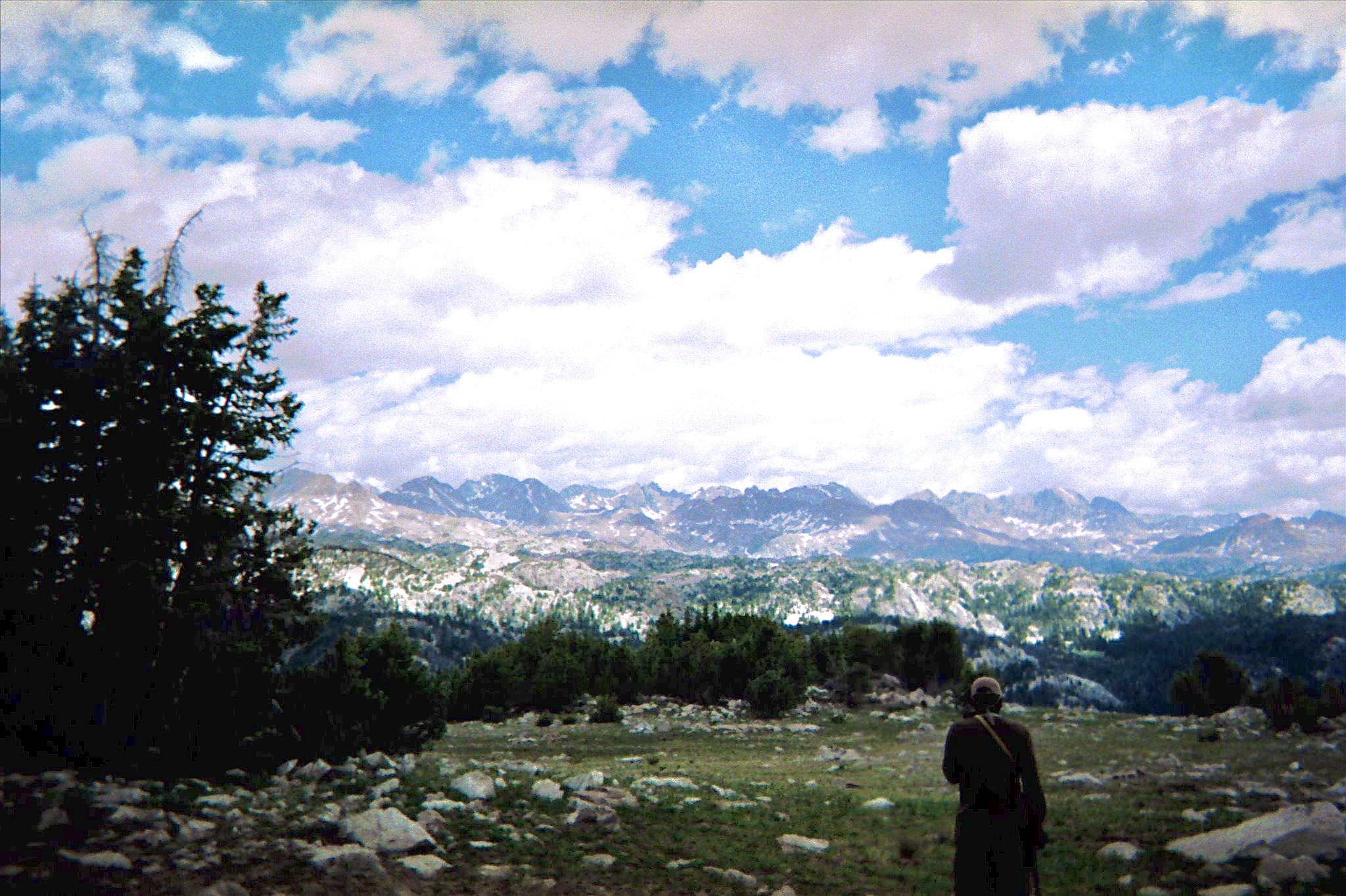
Doubletop Mountain
Wilderness campsite below Indian Pass
Group meeting in a quiet field
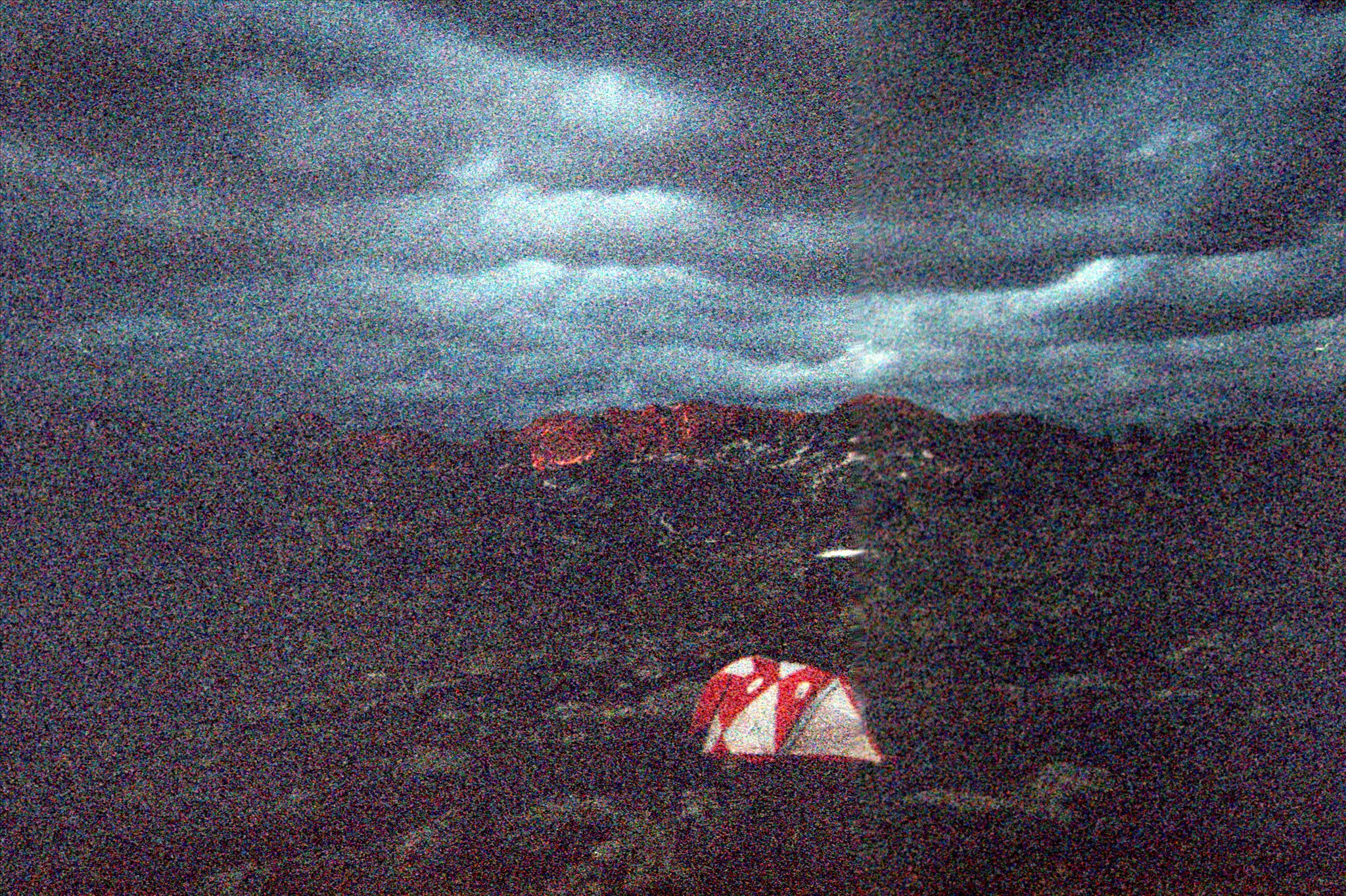
Tent set up at Lower Jean Lake
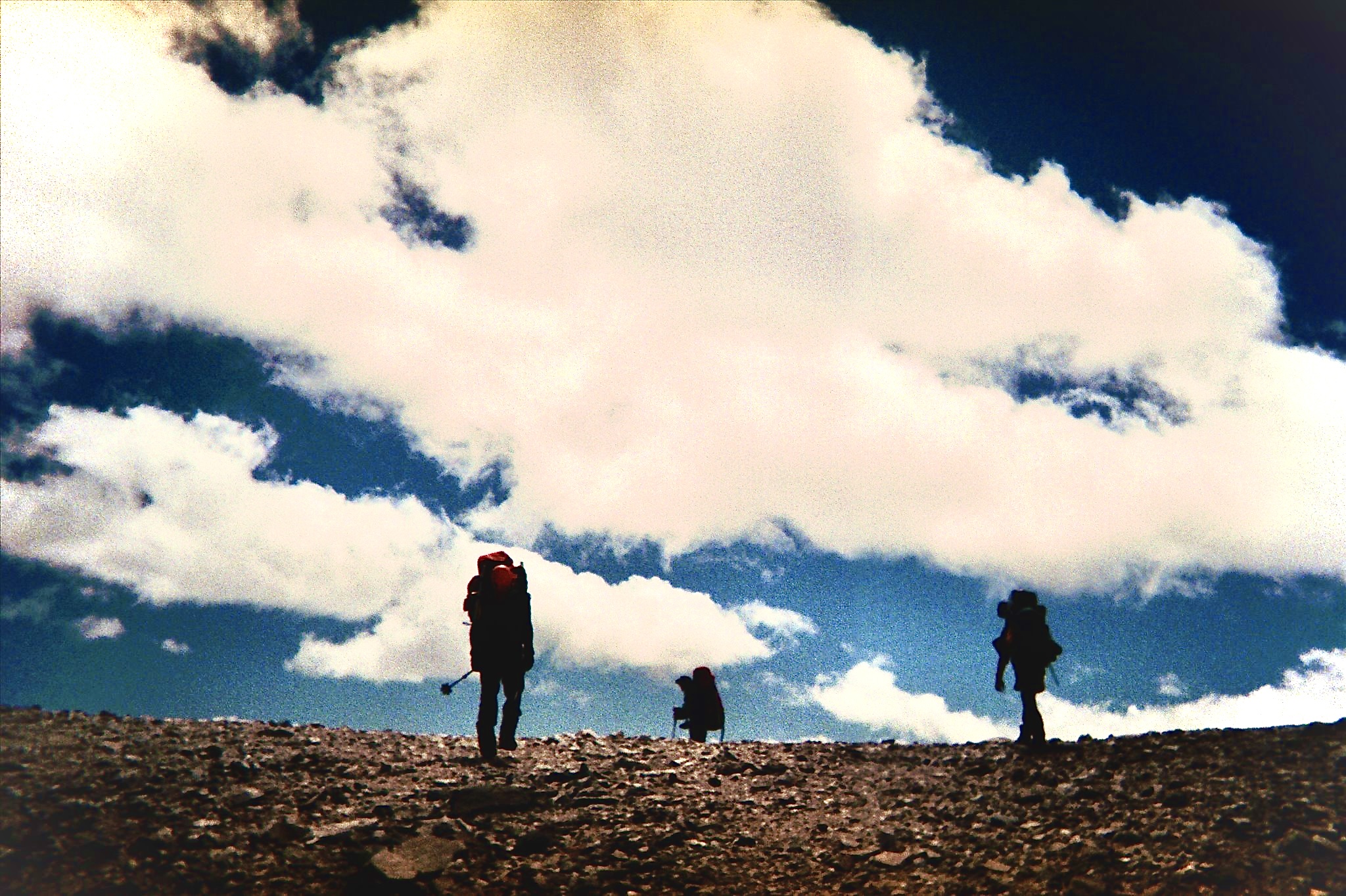
Hill Top
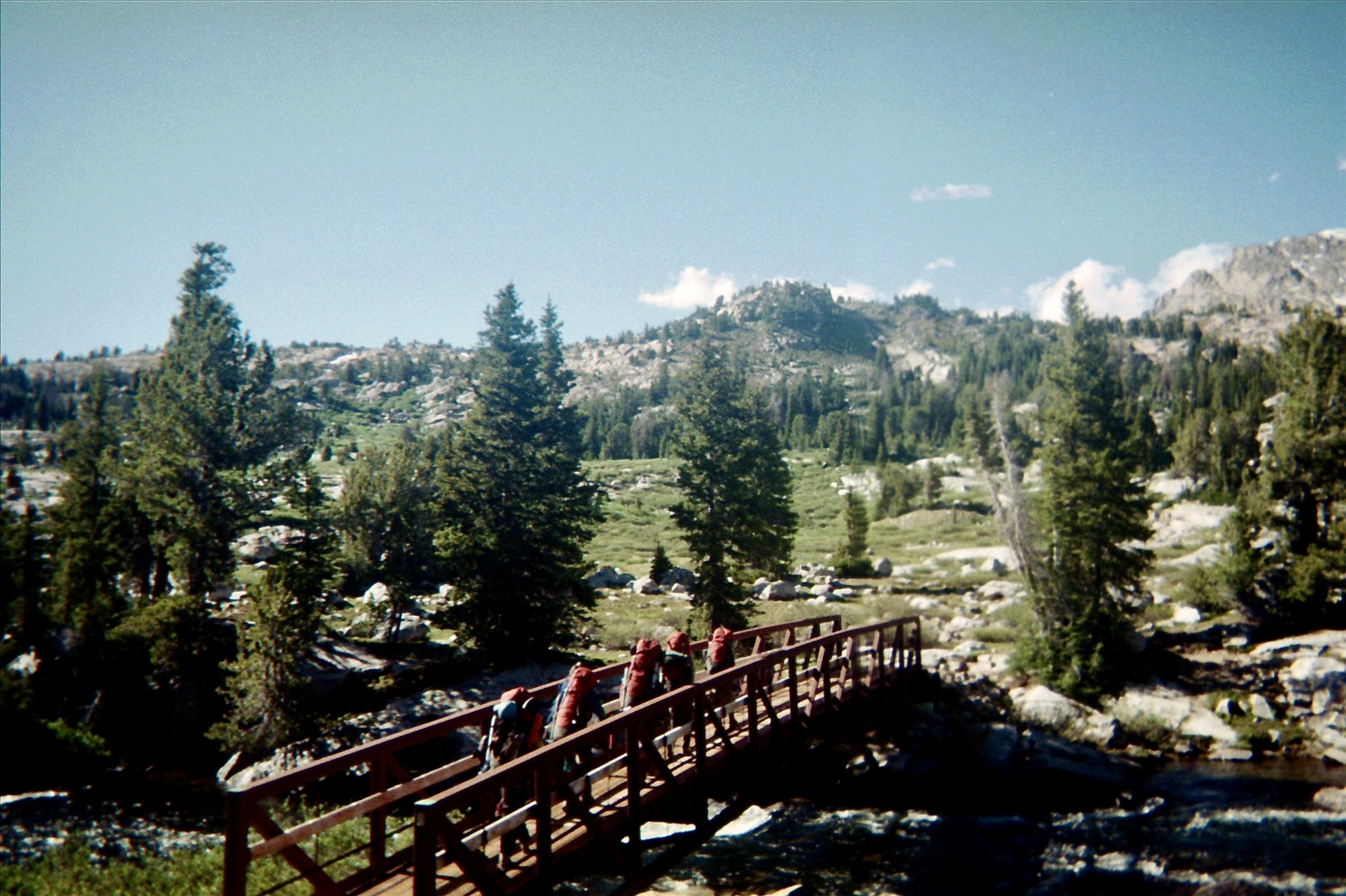
Over the bridge
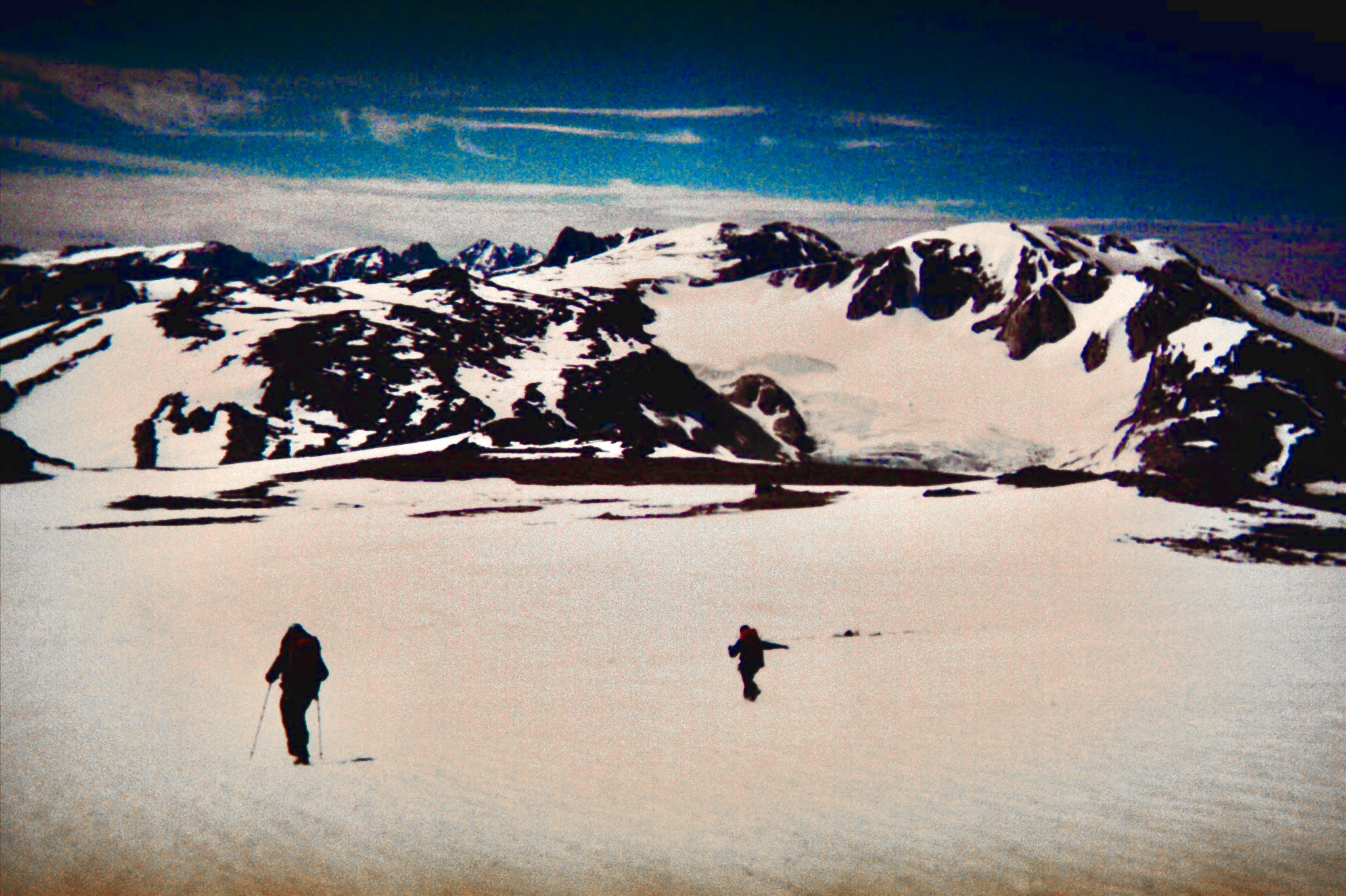
Scene from Yukon Mnt
Walking passed glaciers
Swimming in glacial lake
